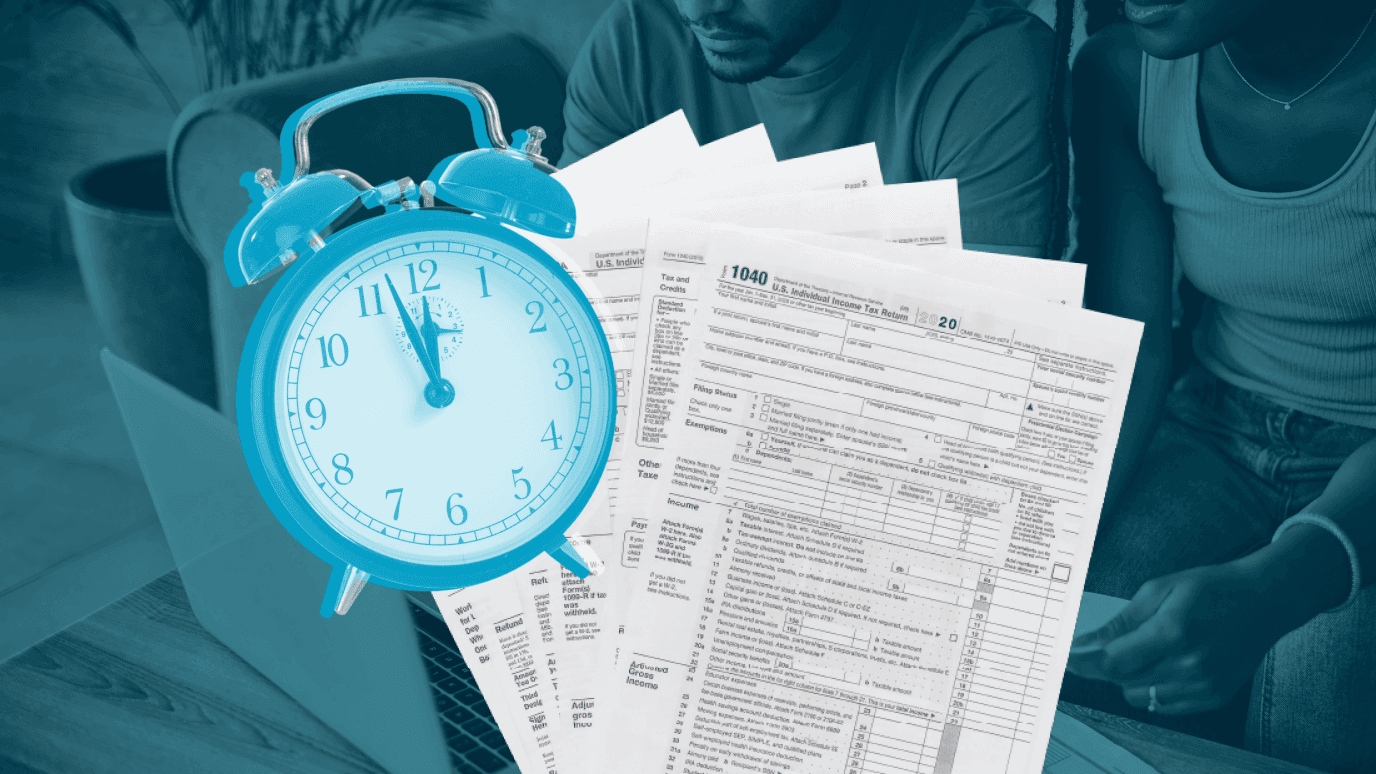Aug 02, 2019
Why There’s Also a “Pink Tax ” for Bank Fees
Women pay significantly more for banking services than men.

In this article:
Women may be smarter investors than men, but they also pay more for financial services every year—a lot more.
In fact, women pay nearly 20% more in bank fees annually than men, a new study conducted by Stash1 has found.
In June 2019, Stash analyzed 12 months of transaction data of more than 500,000 customers, examining their external bank link information for terms such as late fees, overdraft fees, ATM fees, and service fees.
On average, women paid $214 in bank fees annually, compared to $182 annually for men, and women are hit with overdraft—or non-sufficient fund (NSF)—charges 5 times a year, compared to 4 times a year for men, according to the study.
And when it comes to those NSF fees, or the charges that consumers pay when they don’t have enough money in their deposit accounts to cover a check or debit transaction, women pay nearly 30% more than men–nearly $170 annually, on average.
More than just a “pink tax”
One reason for the discrepancy between what men and women pay in bank fees, says Stash chief executive officer Brandon Krieg, is something called the pay gap. That refers to the gap between what men and women earn over the course of their lives. Women earn about 15% less over the course of their working lives, according to Pew research. As a result, they may be forced to pay more charges for low account balances and overdrawn accounts, Krieg says.
“Think about it—if women are simply making less than their male counterparts, it could very well make them more vulnerable to these types of predatory banking fees,” Krieg says.
Women also reportedly tend to pay more for basic products and services, such as personal care items, clothing, and similar items, in a phenomenon called the pink tax.
Banking fees
And it turns out banking fees are even more of a hardship for women who earn less money than their more affluent peers. Women who earn $25,000 or less annually pay 23% more in bank fees than their male counterparts, according to the Stash study, compared to 16% for women earning $100,000 or more annually.
Bank fees are not specific to women, however. All consumers paid nearly $12 billion in overdraft charges to the nation’s largest banks in 2017, and more than $30 billion to all banks in the U.S. The average overdraft fee has also risen 50% in the last twenty years, from an average of $20 in 2000 to about $30 in 2017, according to recent research.

Investing made easy.
Start today with any dollar amount.
Related articles

taxes-and-retirement
Jan 06, 2025
Best Financial Products To Buy With Your Tax Refund

taxes-and-retirement
Nov 19, 2024
How to Use Your Tax Refund for a Down Payment on a Home

taxes-and-retirement
Nov 18, 2024
How to Get Your Tax Refund Fast

taxes-and-retirement
Nov 18, 2024
Tax Refund Delay: What You Need to Know

taxes-and-retirement
Nov 18, 2024
Should You Save or Spend Your Tax Refund?

taxes-and-retirement
Nov 13, 2024
How to Use Your Tax Refund to Pay Off Debt
By using this website you agree to our Terms of Use and Privacy Policy. To begin investing on Stash, you must be approved from an account verification perspective and open a brokerage account.
